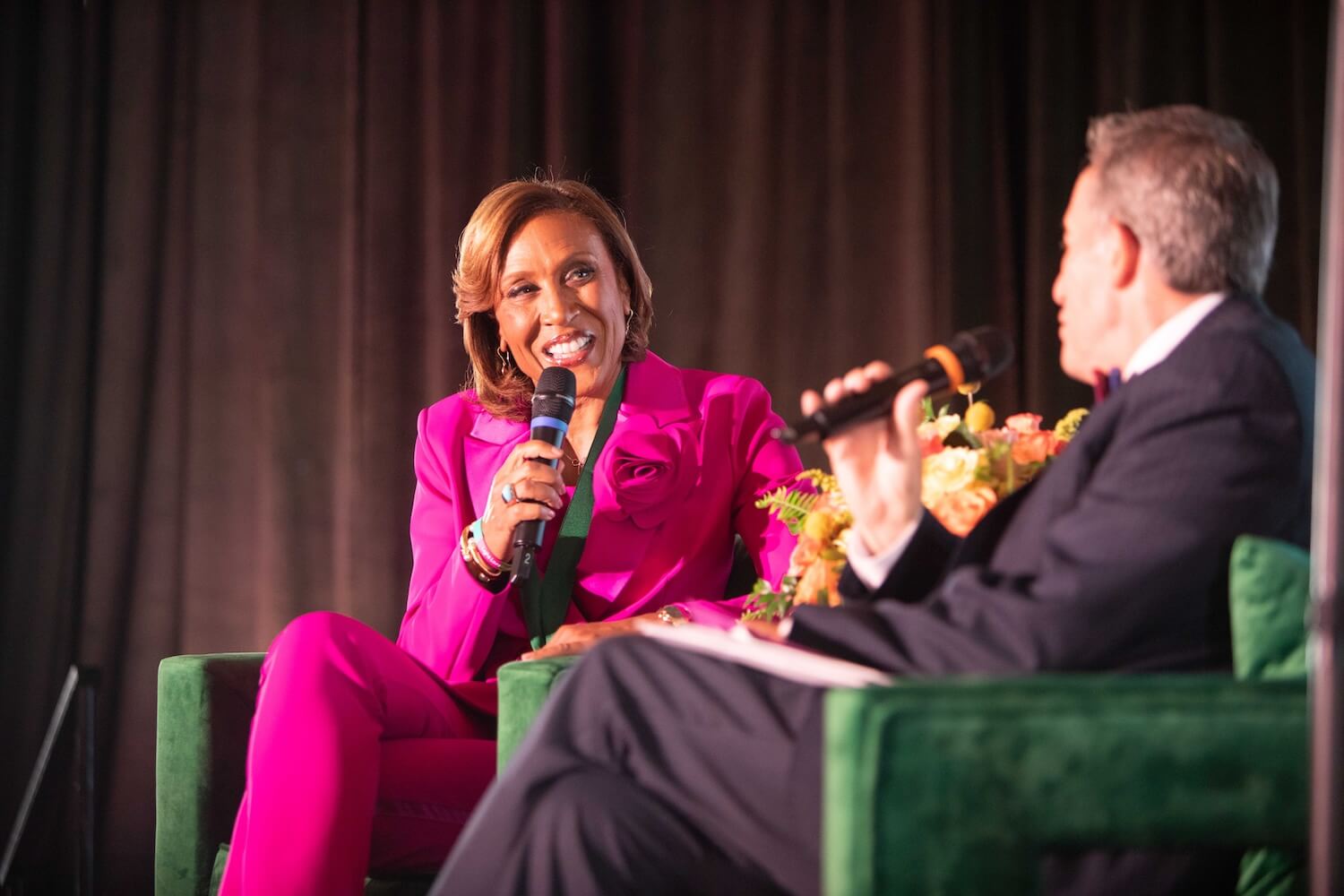As the audience for Pinterest grows, so has journalists’ interest in it. News organizations are using the social networking site in creative ways and finding that it’s a place where both hard news stories and features can thrive.
Highlight feature content
Many news organizations have taken advantage of what’s popular on Pinterest — food, fashion and weddings — by creating boards that showcase the feature stories they’ve published on these topics.
The New York Times, for instance, has nearly two dozen food, fashion and wedding boards combined. The Wall Street Journal has several fashion boards as well, and recently experimented with Pinterest during Fashion Week. Shortly before the event, the Journal asked WSJ.com readers to create a board showing the fashions that influence their sense of style. It then featured some of the boards and Pinterest users on WSJ.com.
“We wanted to do something collaborative with our users, and it ended up being really successful,” Liz Heron, social media director, said by phone. The beauty of Pinterest, she said, is its staying power.
“It’s not as ephemeral as something like Twitter. And it’s slightly different than other social networking sites because it’s not just about what you want to share and repin; it’s also about what you want to save.”
Resurface old content
Too often, quality content gets lost on news sites. Pinterest gives journalists a way to extend its shelf life.
Lauren Krabbenhoft, social media producer at the Orlando Sentinel, has been using Pinterest to resurface stories that might otherwise get lost. Most recently, she created a holiday recipes board to highlight recipes the paper has published throughout the years.
“All your archived content sitting on your site can be new again,” she said by phone. “We’re going back through our archives and trying to find content to pin; we have so much from our archives that we can go ahead and add.”
Pinterest is an especially good home for multimedia projects that took time to produce and aren’t easy to find on a news organization’s website. The Wall Street Journal has a WSJ graphics board, as well as an Olympics video board. It also has a “WSJ front pages” board showing front pages dating back to its first issue in 1889.
“WSJ quotes” is one of the paper’s more popular boards; it highlights memorable quotes and links back to The Wall Street Journal stories in which they appeared.
Respond to news events
When a hailstorm hit Dallas last summer, Bruce Tomaso wanted to find a creative way to showcase the related photos he was seeing. Tomaso, breaking news editor at The Dallas Morning News, decided to create a Pinterest board on his personal account.
“As photos poured in, and flooded social media sites, I tried to think of a way that we could gather and present them quickly and with a powerful visual impact,” Tomaso said via email. “Slideshows, I think, lose some oomph by only displaying one image at a time (plus thumbnails, which have no oomph at all). And slideshows become unwieldy after a certain number of photos. … It’s got to be a subject I’m really interested in before I’ll click through a slideshow of, say, 40 or 50 photos.”
Since then, The Dallas Morning News has used Pinterest for other news stories. When Big Tex — the iconic statue at Texas’ State Fair — caught on fire, the paper created a Pinterest board filled with Dallas Morning News photos of the fire, as well as photos that readers and other news organizations were posting on Instagram, Flickr and Twitter. (Keep copyright issues in mind when pinning other people’s photos.)
The Times Union in New York also takes a newsy approach to some of its Pinterest boards. The paper has four different boards that show photos of local sex offenders in four local counties.
Earlier this year, the Pottstown (Pa.) Mercury created a board that highlights mugshots of local people who are wanted by police. Readers commented on the boards and offered tips about suspects who had taken on a new name or relocated to a different part of the country. Within three months, the tips helped lead to a 58 percent increase in arrests.
“Our [web]site doesn’t work well graphically, so Pinterest was a way to get content to readers easier,” Eileen Faust, Pottstown Mercury online editor, said by phone. “There’s a lot of people who might not easily find that mugshots board on our website, but if they use Pinterest, it’s easier for them.” Faust’s email address is on the Pinterest board, along with a note that encourages people to email her if they have concerns about the board’s content.
Showcase local attractions, events
One way to reach new audiences is to create boards that feature local tourist attractions; Pinterest users searching for these attractions may come across your pins. The Orlando Sentinel has boards highlighting Kennedy Space Center, Walt Disney World, other Orlando theme parks, and a variety of popular travel spots in Florida.
“I’ve thought a lot about Pinterest boards as travel guides,” Krabbenhoft said. “I see a lot of people pinning from our Disney or Florida travel boards to their own travel boards.”
The Sentinel’s Florida travel board includes a popular pin about resort pools that links back to a photo gallery on OrlandoSentinel.com. “That is our slam dunk pin for some reason,” Krabbenhoft said. “Some days, we get more than 1,000 referrals to our gallery from Pinterest.”
Krabbenhoft has also found that boards for local events work well. The paper has several boards highlighting sporting events at nearby colleges and high schools, and it has a popular one on local concerts. “We found through experimentation that local topics work the best,” she said.
The Austin American-Statesman used Pinterest to cover South by Southwest last year; it created boards showcasing bands that performed, music parties and SXSW Interactive speakers and events.
The (Albany, N.Y.) Times Union takes a different approach to highlighting events on Pinterest; it has a “Reporters in the field” board that shows photos of the paper’s reporters covering local events and stories.
“We created it one afternoon, and within an hour or two we had 100 followers or so,” Social Media Strategist Kristi Gustafson Barlette said by phone. “People are curious about what’s going on behind the scenes, and this lets them see another side of the staff.”
Reach new audiences
New York Times Senior Writer C.J. Chivers uses Pinterest to pin photos of artillery that link back to his Tumblr, “The Gun.” The Tumblr is based on Chivers’ book of the same title. Chivers said via email that Pinterest enables him to create a “visual index” of his posts and put his work in front of people who might not otherwise see it.
“After I signed up for Pinterest, people told me it was a site for cupcakes and wedding bouquets,” he said. “I didn’t know that beforehand, and I don’t think that kind of reputation needs to stand. Social media is a tool, like many others in our trade — it can be as good and as useful as we force it to be.”
“I don’t see the various sites I use as social media for social media’s sake. Used poorly, they’d be just as much as a time suck on work and on life as the rest of the Internet can be,” Chivers said.
“I see the sites and pages I maintain, rather, as a means to bring more attention to issues that are important to me — arms and the arms trade, and the means by which the tools for organized violence move about the world.”
Increasingly, journalists are using Pinterest because they see it as a way to build new audiences and generate interest in their content. Christy Robinson, digital communities specialist at The Dallas Morning News, said it’s not enough to assume that people will visit your website; you have to make it easy for them to find your content by linking to it on other sites they’re already visiting.
“Pinterest has an audience,” Robinson said by phone. “If you have content that’s fitting for what that audience wants, why wouldn’t you put it in front of them?”
The Orange County Register’s Roxanne Hack said they try to let people in the community know about the paper’s Pinterest account in hopes of reaching new audiences who will click through to OCRegister.com.
“We follow pretty much anyone in Orange County, including businesses and other publications. We also offer a ‘Pin It’ button on each of our photos on OCRegister.com to make it easy for our online readers to share our content on Pinterest when they’re on our site,” Hack said via email.
“Pinterest, like many social networks, is much less about page views and much more about being where our audience is spending time online. Even just having a presence keeps us relevant.”













Comments